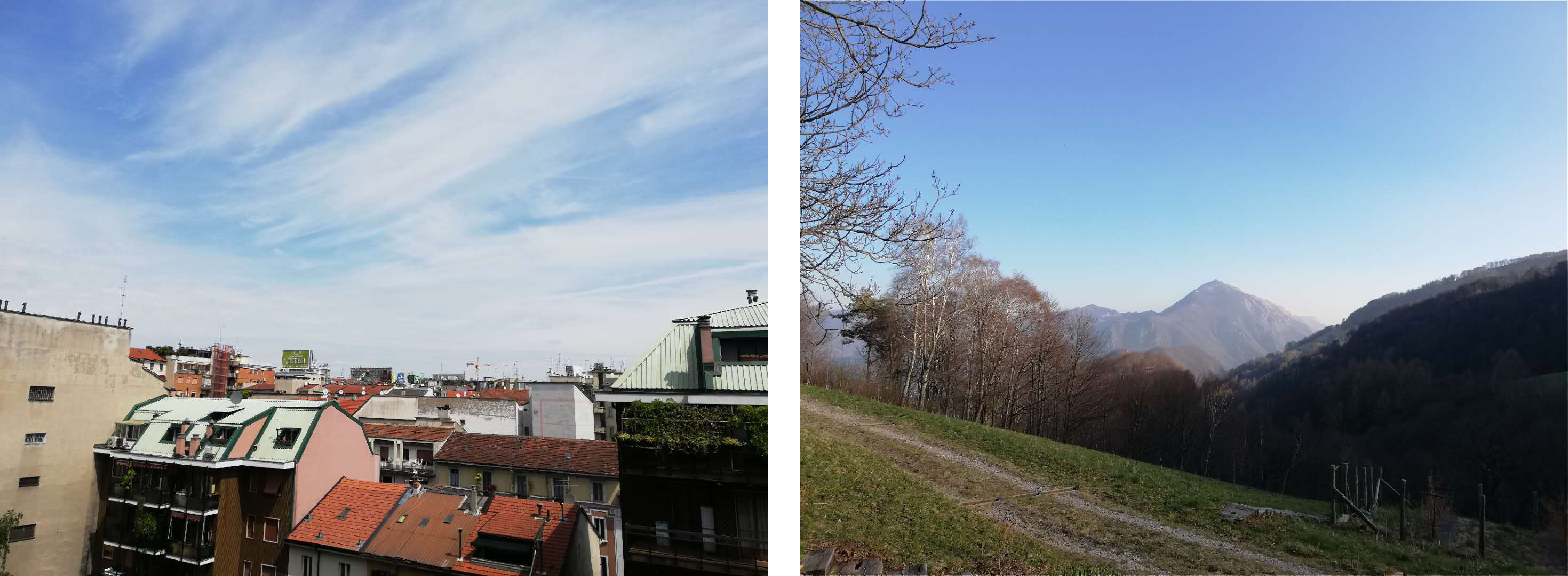
Uploaded on 2020-07-22 by Daniele Marco Marchesin
1-2. In Milan (portrayed in the pictures), the coldest months are December and January (min. 2°C, max. 7°C), while hottest is July (av. min. 20°C, max. 30°C). In the surrounding areas, where building densities are lower and areas of meadows and forests are present, the average temperatures span from -0.5°C and -2°C compared to Milan city. The first pictures is taken in Milan city center, the other one in the beautiful mountaineous territory less than an hour away by car. The second one is less affected by UHI effects mainly thanks to wide areas unbuilt and covered in forests. 3. Measure I would propose: A. provide even more open green spaces in the city proper, even though it's mostly hard to realize due to a compact urban fabric with historical value and high economic profitability; B. encourage the use of eco-friendly urban trnasportation systems to cut the use of private cars and GHG emissions, as well as to strenghten public transportation from the suburbs to the city; C. promote a more sustainable architectural design within new developments. 4. Both Milan City Council and Lombardy Region are promoting effective UHI effects reduction measures in all new urban developments in Lombardy.